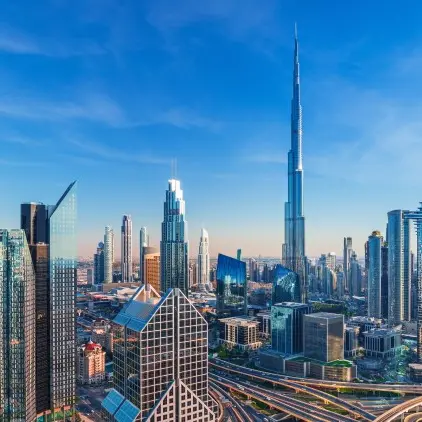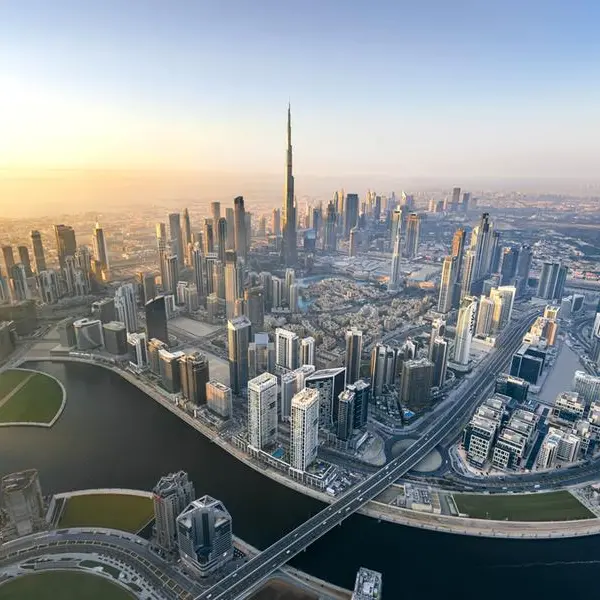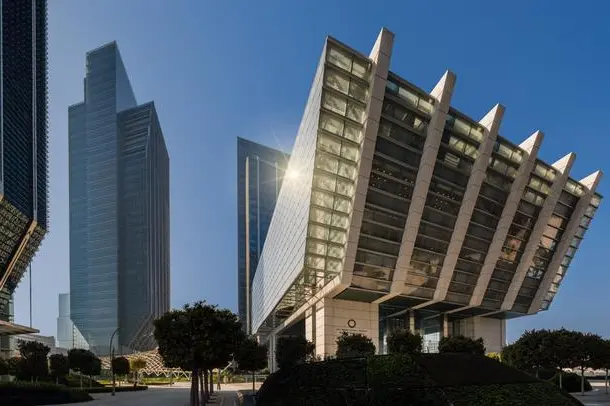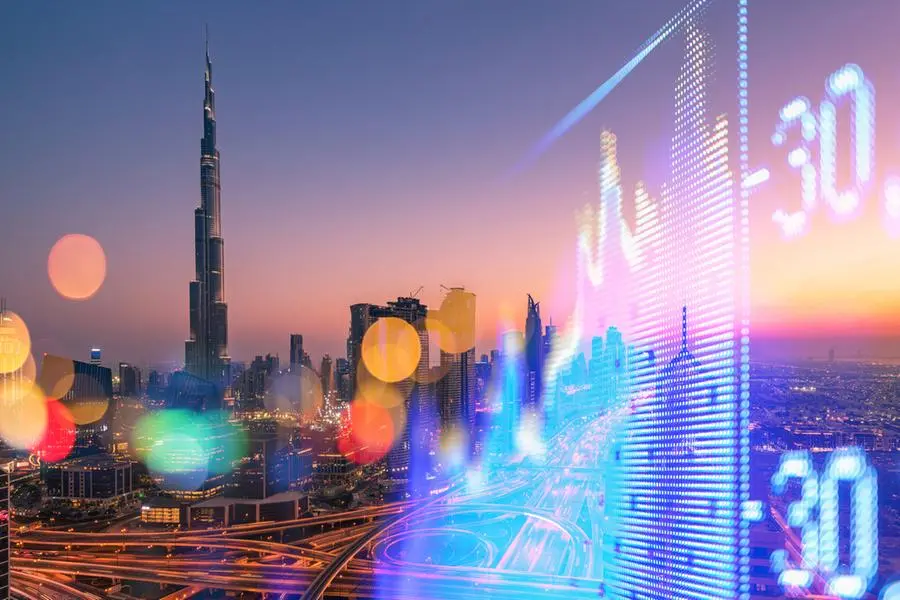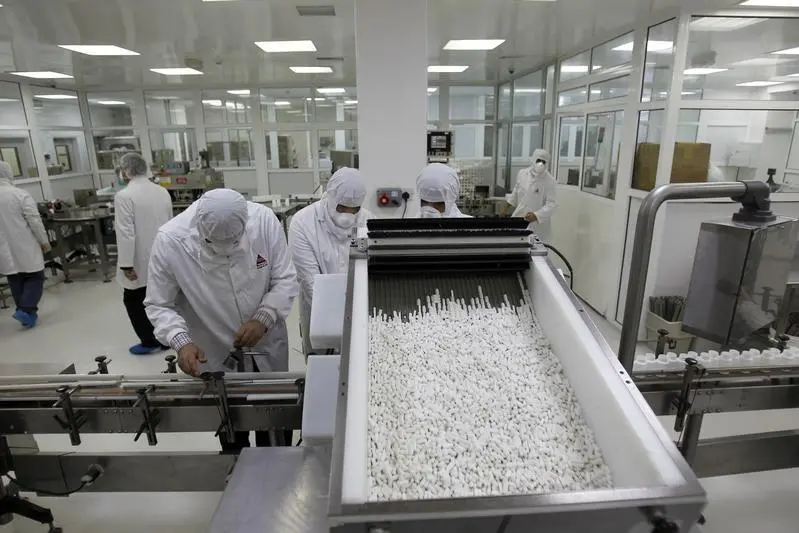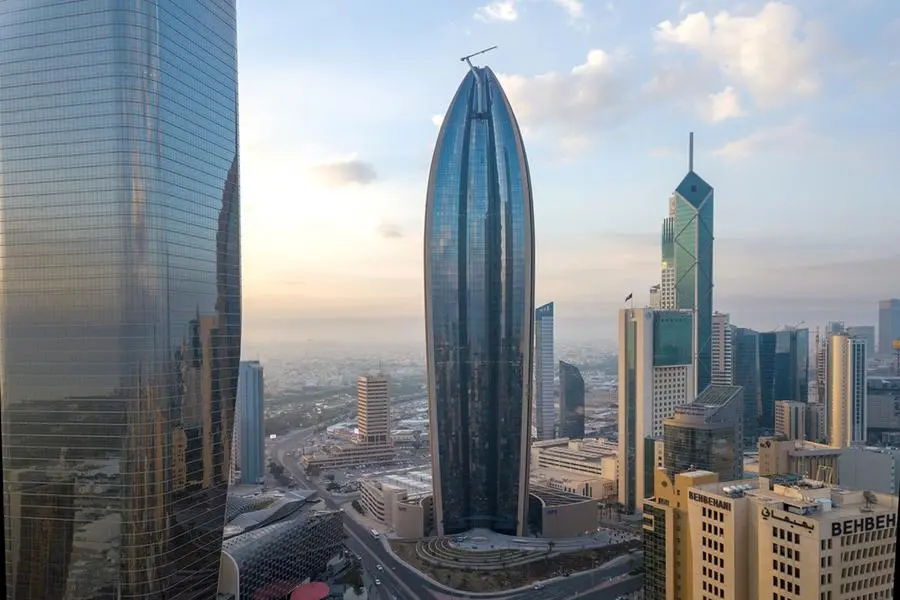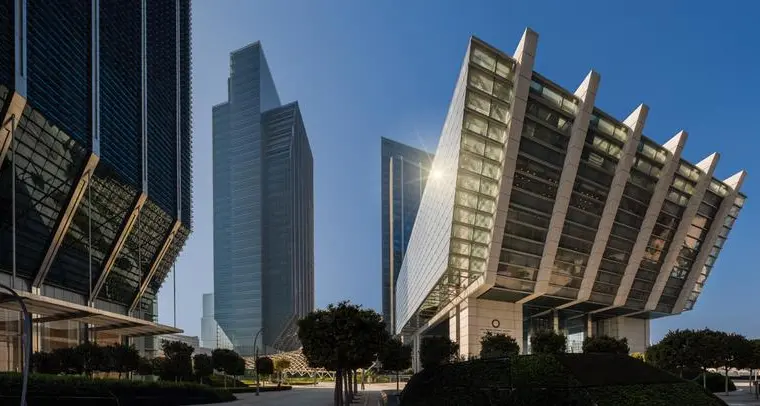To help uncover the true breadth and depth of human progress and bring into sharper relief the road ahead to extend progress to even more people, the McKinsey Global Institute has published a new report, Pixels of Progress: A granular look at human development around the world. Using digitally-enabled visualizations, the report draws on MGI’s unique data set to explore advances in GDP per capita and life expectancy over the past two decades. Instead of country indicators, the report uses nighttime luminosity and other cutting-edge techniques to break 178 countries down into more than 40,000 microregions – a granularity 230 times greater than country-level data sets offer.
“This research explored the economics of place and space,” said Sven Smit, chair, McKinsey Global Institute. “What arises is a nuanced and positive story of significant progress worldwide over the past two decades.”
“Our high-resolution view provides a different perspective on economic development,” said Chris Bradley, a director of the McKinsey Global Institute. “The microregional lens reveals how human progress has often been hidden or distorted in country-level averages.”
This new data set is the first to cover the evolution of health and income from 2000 to 2019 with such a detailed level of granularity and coverage, which offers some surprising insights:
- Economic growth had a small but geographically dispersed footprint. Half of the additional GDP generated from 2000 to 2019 happened on just 0.9 percent of the world’s landmass—collectively, the size of South Africa–in microregions home to 27 percent of the world’s population and scattered across 130 countries.
- Prosperous microregions are located all over the planet and in surprising places. Dividing all the world's microregions by GDP per capita into deciles of equal population, the report finds that the eighth decile, with income ranging from $17,400 to $26,700, contains microregions from every subcontinent, including sub-Saharan Africa and India. China, Latin America and the Caribbean, the Middle East and Northern Africa, Eastern Europe, and Emerging Asia contain microregions in every decile of GDP per capita. When it comes to life expectancy, microregions from all subcontinents can be found in the top three deciles.
- The world has experienced extensive progress in health and income over the past two decades. Close to half of the world’s population in 2019 lived in microregions with GDP per capita and life expectancy equivalent to the top 21 percent in 2000. This progress occurred across all subcontinents.
- The world is converging. In less prosperous microregions, the growth in health and income was fast, narrowing the gap between those microregions and the most prosperous. The life expectancy gap between the bottom and the top 5 percent of microregions fell from 30 to 23 years between 2000 and 2019. GDP per capita grew by 5.8 per year on average among the least prosperous places, while it grew by 0.9 percent among the richest microregions.
- Only 20 percent of the variation of income growth in a microregion is explained by country-wide growth. This shows a dispersion of progress that often counters the country average. For example, Mapusa in India has the same GDP per capita as Porto in Portugal, despite a 5x difference in country-level average income.
- Higher incomes contributed to about half of the world’s improved longevity, while innovation added another half. The median microregion added $5,730 of income and had a corresponding 9.3-year increase in life expectancy. Increasing incomes explained 4.9 years of the 9.3 years, while a broad improvement in health outcomes at all income levels added another 4.4 years – the so call “innovation effect.”
“We found that about half of the 2 billion people that lived in places that achieved high living standards between 2000 and 2019 were in China. But there is another half, ‘a second China’, that lived in microregions that saw similar progress in 75 countries scattered throughout the world,” said Jonathan Woetzel, a director of the McKinsey Global Institute.
The online interactive report will be available at mck.co/pixels.
-Ends-
About McKinsey Global Institute (MGI)
The McKinsey Global Institute (MGI)was established in 1990. Our mission is to provide a fact base to aid decision making on the economic and business issues most critical to the world’s companies and policy leaders. We benefit from the full range of McKinsey’s regional, sectoral, and functional knowledge, skills, and expertise, but editorial direction and decisions are solely the responsibility of MGI directors and partners. We aim for independent and fact-based research and analysis. None of our work is commissioned or funded by any business, government, or other institution; we share our results publicly free of charge; and we are entirely funded by the partners of McKinsey. For further information about MGI and to download all reports for free, please visit www.mckinsey.com/mgi.




